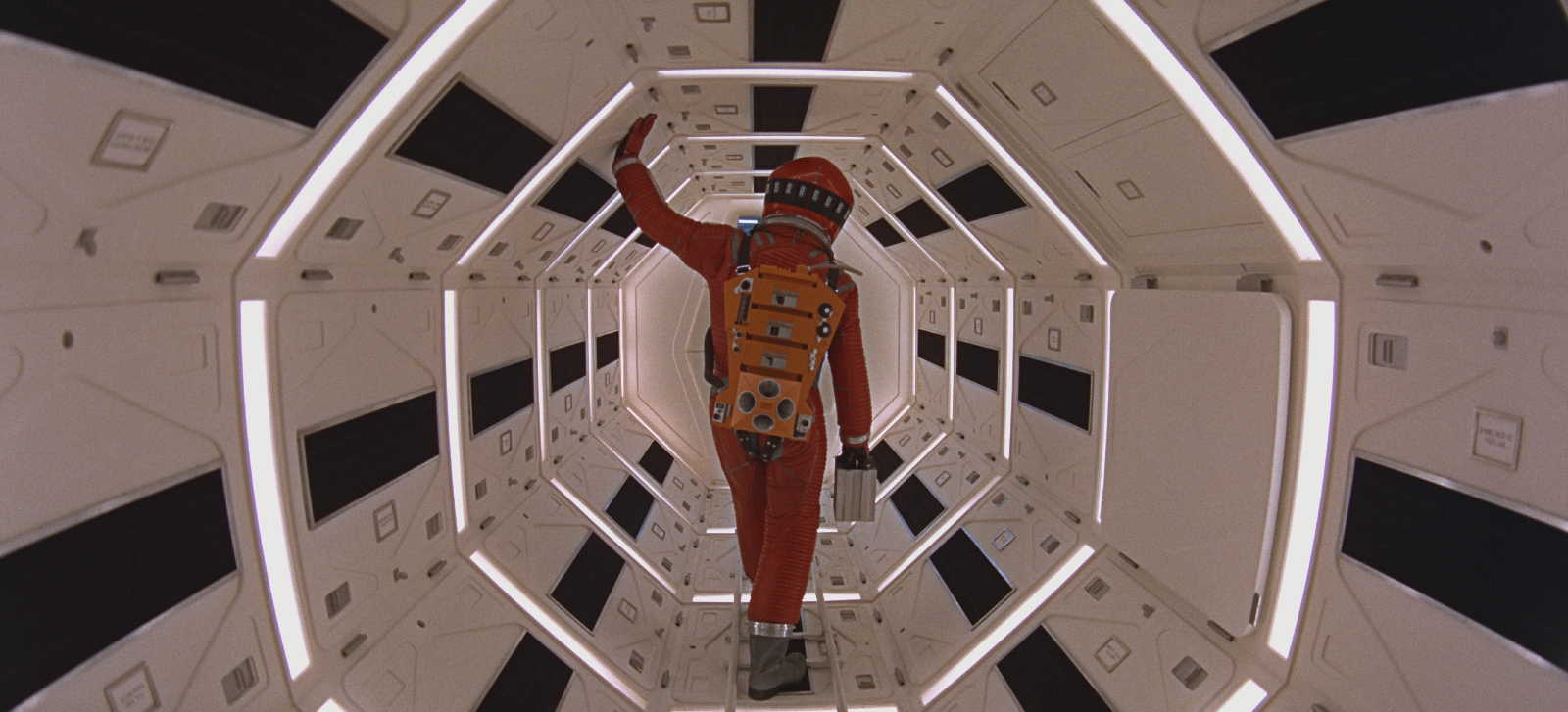Cinematography | Zero Gravity | 2001: A Space Odyssey (1968) | Stanley Kubrick
Cinematography | Zero Gravity | 2001: A Space Odyssey (1968) | Stanley Kubrick
When auteur Stanley Kubrick conceptualised and executed zero or micro gravity for "2001: A Space Odyssey" (1968), everyone wondered how did he execute the sequence? Even now the debate continues among editors and cinematographers on the techniques behind that sequence, and they have not reached consensus yet.
Christopher Nolan was inspired and integrated the centrifugal force theory for the endurance ship in order to achieve zero gravity for his epic science fiction film "Interstellar" (2014). Kubrick was one of the first creators in many aspects of film making and his works are continuing to be seminal.
The zero gravity sequence of Stanley Kubrick's ' 2001: A Space Odyssey ' is one of the cinematic techniques, that is still dissected and incomprehensible since the film's release in 1968. It won an academy award for best visual effects. The film fraternity was bewildered, when the premise of zero gravity was proposed by Kubrick. Even technicians including cinematographers and editors were perplexed as to how did Kubrick execute? It appears to be shrouded in mystery.
Reportedly, Kubrick held discussions and consulations with technologists of more than 30 domains in designing the future set in the film.
"It was a novel thing for me to have such a complicated information-handling operation going, but it was absolutely essential for keeping track of the thousands of technical details involved.We figured that there would be 205 effects scenes in the picture and that each of these would require an average of 10 major steps to complete. I define a ‘major step’ as one in which the scene is handled by another technician or department. We found that it was so complicated to keep track of all of these scenes and the separate steps involved in each that we wound up with a three-man sort of ‘operations room’ in which every wall was covered with swing-out charts including a shot history for each scene.
Every separate element and step was recorded on this history-information as to shooting dates, exposure, mechanical processes, special requirements and the technicians and departments involved. Figuring 10 steps for 200 scenes equals 2,000 steps — but when you realize that most of these steps had to be done over eight or nine times to make sure they were perfect, the true total is more like 16,000 separate steps.
It took an incredible number of diagrams, flow-charts and other data to keep everything organized and to be able to retrieve information that somebody might need about something someone else had done seven months earlier. We had to be able to tell which stage each scene was in at any given moment — and the system worked.” Kubrick explained.
Authored by Balaji Thangapandian aka #BT - a spacefarer, who is also curious about film-making, connectivity technologies and military history.
https://ascmag.com/articles/beyond-the-frame-2001-a-space-odyssey-1968


















Comments
Post a Comment